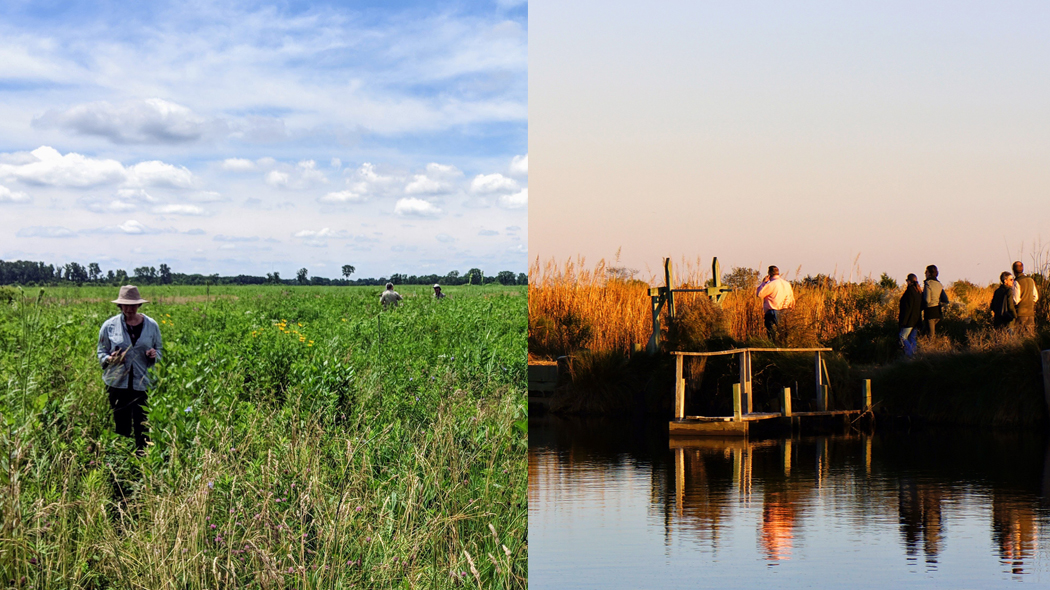
Expanding the Conservation Toolbox – Emerging Approaches in a Changing Climate
By David Farren
The land conservation field has changed quite a bit since the 1980s, when Gaylord and Dorothy Donnelley donated the pioneering conservation easement on Ashepoo, their 10,000 acre hunting retreat in the Lowcountry of South Carolina. This action helped spark the Ace Basin Focus Area project, heralded as a forerunner of what those in the field now call “landscape scale” conservation, which mingles efforts on both public and private lands. Similarly, in the Chicago region, where the family also has been a passionate supporter of conservation, there has been an evolving mix of strategies, with the Chicago Wilderness effort playing a leading role in stitching together a wide range of public and private collaborators.
It is in this forward-looking spirit that the Gaylord and Dorothy Donnelley Foundation embarked last year on a project to help shed additional focus on emerging conservation strategies for each of our two mission geographies. The policy context, partners and, indeed, the state of the planet are at a very different place than even a decade ago. With this in mind, the Foundation engaged a consulting team, including expertise from each of our regions, to develop this evaluation of promising future opportunities: Expanding the Toolbox of Land Conservation Strategies in Two Distinct Regions.
The team interviewed a broad range of stakeholders and looked at tools from across the country to develop this report. Phase I of the study evaluated over sixty strategies potentially applicable in one or both regions. Phase II selected from that list three distinct, high-impact approaches for each region, and one applicable to both, that could be further expanded to advance landscape conservation goals. Watershed approaches and climate resilience are two important areas of emphasis, as well as increased opportunities on “working” agricultural and silvacultural lands. These strategies encompass a range of tools that are either ripe for acceleration or that take the work into new and exciting directions.
This does not mean that the Foundation is abandoning all of the strategies that have served conservation so well in our two regions over the past few decades – easements, public acquisition, favorable policies, and more. The intent is to continue in conversation with our grantees and other partners. Together, our strategies will continue to evolve to address our increasingly complex opportunities and challenges in the conservation field. We look forward to your further feedback and continued collaboration.
Click here to download and read the full report.
– – – –
Project team presentations for each region –
Recording of the Chicago Region webinar.
Resources from the Lowcountry Land Conservation Symposium.
– – – –
Photos: On the left, restoration of Midewin National Tallgrass Prairie in Illinois; On the right, rice trunks maintain wetlands in the North Lowcountry of South Carolina.


Sorry, the comment form is closed at this time.